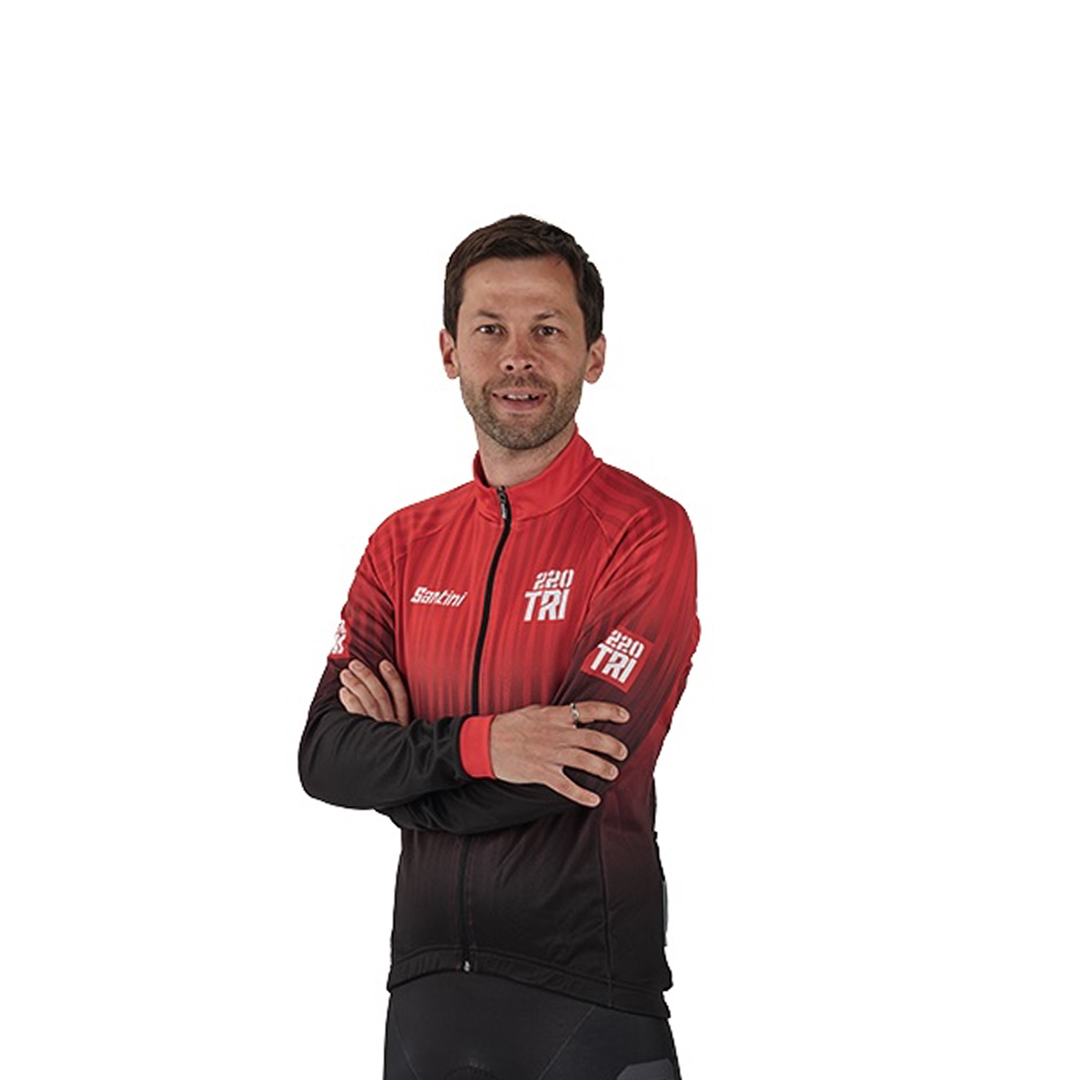So hot in running circles right now is the run-walk method named Jeffing, a more standardised and pedestrian version of Fartlek (more below) pioneered by Olympian Jeff Galloway in the 1970s. Here, we explain more about what Jeffing is, how to do it and the potential benefits of it for runners if you're training for a half marathon, marathon, ultramarathon, triathlon or Ironman – or if you just want to fall in love with road running or trail running again!
What is Jeffing?
Jeffing is the shorthand for Jeff Galloway's run-walk method, an approach to running that uses pace shifting to train runners up to run longer distances.
Adopted by runners recovering from injury or building up to long-distance running events such as a marathon, Jeffing has a heavier emphasis on walking than a Fartlek (more below). The benefit, Galloway has stated, is to manage or eliminate pain, exhaustion, burnout and the other negative effects that come from continuous running.
- The toughest marathon running events in the world – from Exmoor to Kilimanjaro
- Inside Britain’s most remote ultramarathon – the race accessible only by boat or foot
Why is it called Jeffing?
The Jeffing training technique is named after Jeff Galloway, a 1970s American Olympian and running coach. He has ran over 230 marathons, and coached and/or consulted some 500,000 runners.
Jeffing ratios: how to do it
A Jeffing session for beginners could involve short run intervals (1-2 minutes) with 3-4-minute intervals of walking over a 20-minute period. The run durations can increase with more experience, going to an even split between running and walking before the running segments are longer than the walking (i.e. run for 60 secs, walk for 30 secs and repeat).
The benefits of Jeffing
The potential benefits include how it gradually builds strength and fitness while limiting the overuse injuries that come from higher intensity or continuous running. Jeffing should allow runners cover more distance on their training runs, while recovery times are also said to be quicker for runners adopting the Jeffing method, meaning runners can perform Jeffing more regularly than continuous runners, especially those with a history of injuries.
And if you think Jeffing will make you slower, a study published in the Journal of Science and Medicine in Sport found that Jeffing can get you to a marathon finishing line in roughly the same time as a continuous running method.
Jeffing vs Fartlek: what are the differences between these two running techniques?
Fartlek (quit giggling at the back), meanwhile, is the Swedish word for ‘speed play’ and a form of interval training (where you fluctuate between high- and low-intensity running) to boost speed.
How to do the Fartlek running method
Warm-up for 5 mins and then alternate periods of hard and easy – usually around 30secs to 4mins – or use geographical features as markers, such as a lamppost, tree or the top of a hill.
Top image credit: Getty Images

